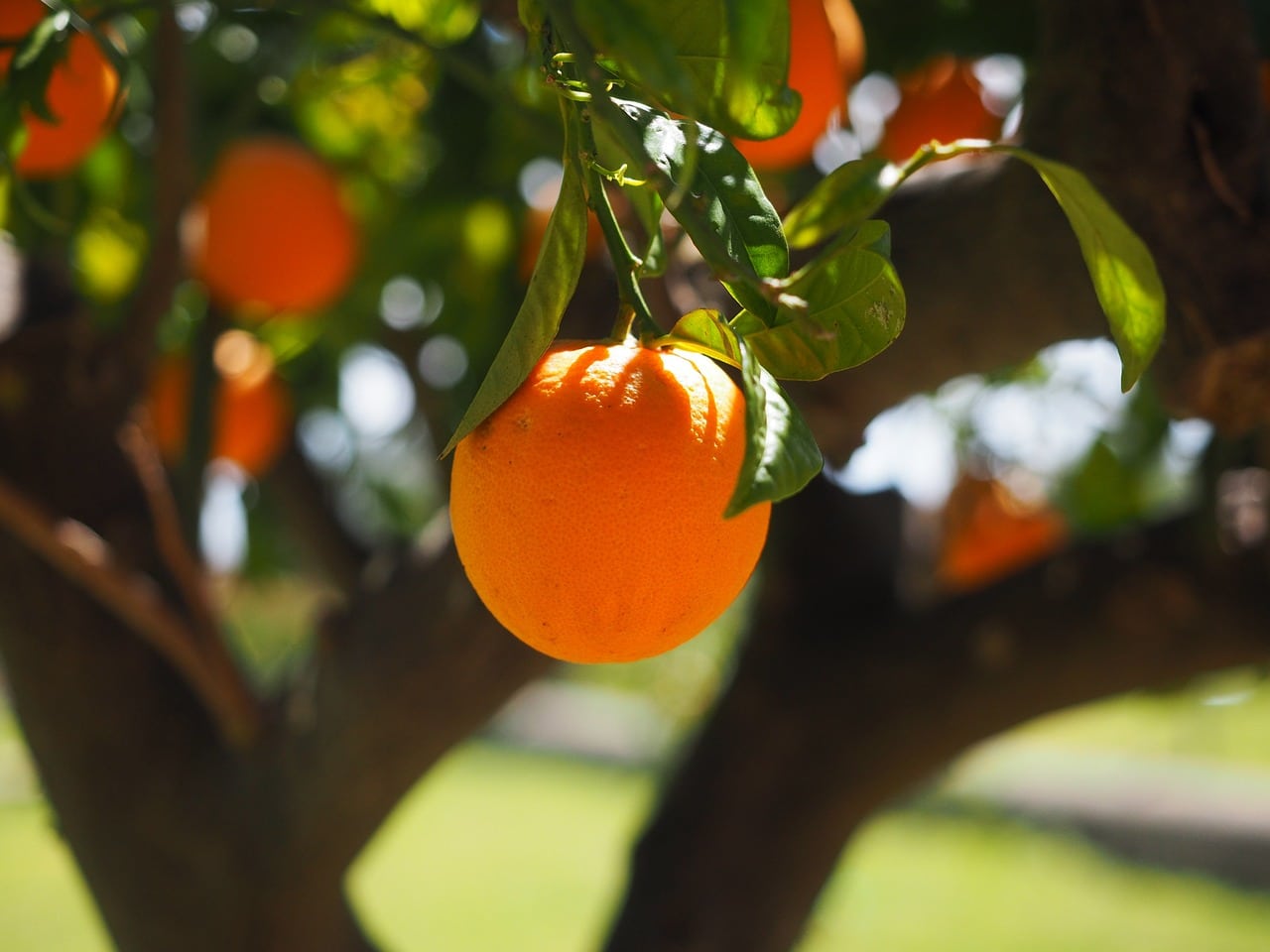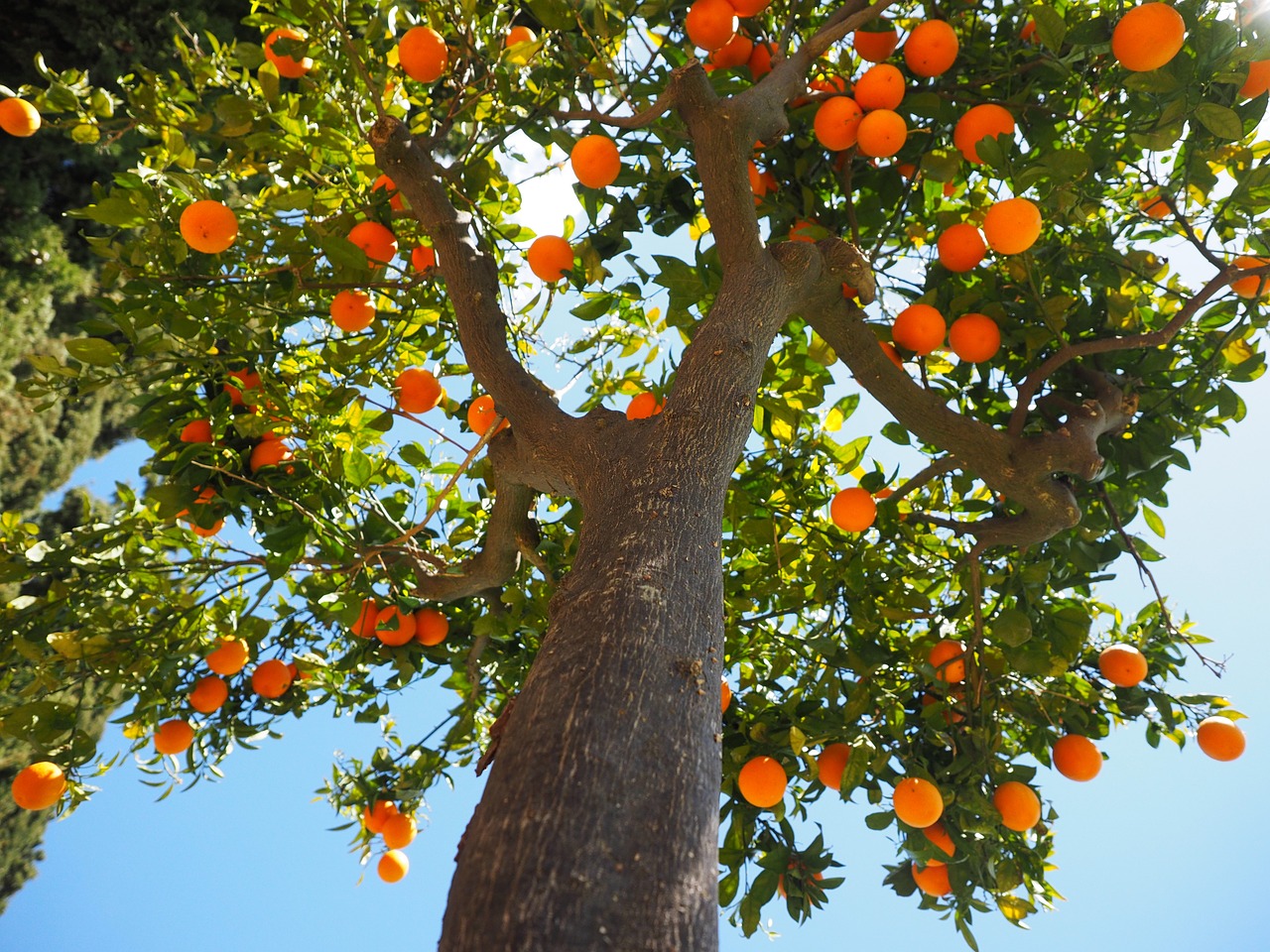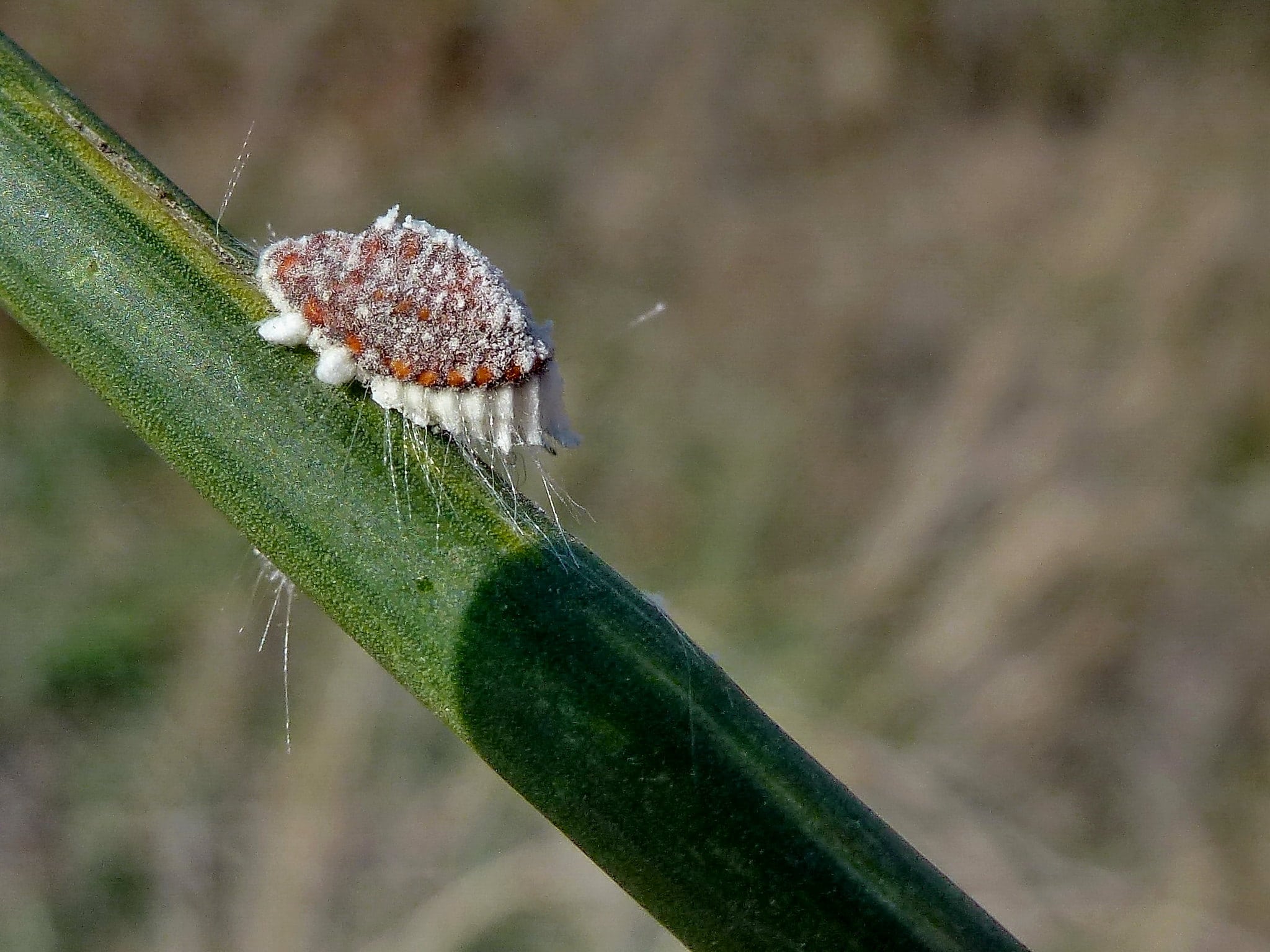
Within the citrus family, the orange tree is undoubtedly the most popular fruit tree, along with the lemon tree. The production of this vegetable can be very numerous, as long as the conditions are right. As for its fruits, oranges are widely used around the world, whether for cooking, making juices, eating them as they are and for baking. The structure of this citrus fruit is strong and Thanks to various studies that have successfully generated hybrids, orange tree pests are much less of a problem since it has become more resistant.
However, orange tree pests continue to exist and no matter how resistant it is, at some point it can be affected. For this reason, it is essential that we know which pests can affect this citrus fruit, how to detect them and what treatment is indicated in each case. So if you are considering growing orange trees or already have one of these fruit trees, I recommend that you keep reading.
Contents
The most common orange tree pests

Before talking about orange pests, we will first explain exactly what is considered a pest in agriculture. Too, this term refers to all microorganisms, animals and plants that have a negative effect on crops. For parasites to thrive, they need a reliable, concentrated food source. Generally, measures used to increase vegetable productivity in cultivated fields create a fairly favorable environment for pests. These measures are generally the following:
- Monocultures of varieties with high production.
- Use of fertilizers.
- Reduction or elimination of rested soil for multiple cropping.
When it comes to orange tree pests, the most common are thrips, whiteflies, aphids, and citrus miners. Next, we’ll talk about each of them and how to fight them. Later we will comment a little more the scourge of mealybugs, which is the most frequent of all.
thrips
First, we have thrips. These are small insects that very frequently affect crops. The negative effect they have specifically on the orange tree is established in the fruits, that is, in oranges, when they are in the full development phase. Regarding the focal point, it is on the chalice, that is to say on the top of the orange. However, in more advanced cases, negative effects can be seen throughout the structure.

Related article:
What are thrips and how are they controlled?
As mentioned before, thrips are a very common pest in all types of citrus. These small insects live in the flowers of trees, where they cause no visible damage. They start to attack after the petals fall, It is then that you have to be more careful and attentive to assess the state in which the plants are.
To eliminate thrips, you must use a specific pesticide indicated for this species. Of course, it is very important that we consider when is the right time to apply it, to avoid damaging other microorganisms.
white fly
Another of the most common pests that usually affect the orange tree is the whitefly, which also turns out to be one of the most worrying. It is not because of the whitefly itself that it is a very alarming plague, but because It considerably facilitates the onset of a so-called “oily” fungal disease. In addition, it attracts other pests, such as scale insects. Therefore, early treatment will be vital for the orange tree.

Related article:
Whitefly on citrus fruits. Symptoms and Treatment
It is the adult whitefly that generates the main action which consists in production of a substance called honeydew on the back of the leaf. A fairly simple way to detect this plague is to watch the behavior of the ants on the tree, since they are also attracted to molasses.
There are natural treatments that we can apply to both eliminate and prevent whitefly plague. On the one hand, we can wash the vegetable with a mild soap, if it is already affected. Another idea to treat and also prevent this pest is plant repellent vegetables around, like calendula. If natural treatments are not enough, we will always have the possibility of using an insecticide, if possible ecological.
aphids
Aphids are also among the most common pests of orange trees. These tiny insects represent a family made up of several different species, at least four of which are very common on orange crops. Similar to whiteflies, aphids also produce honeydew on the leaves. They create this molasses by sucking up the sap they feed on. Therefore, we can deduce that they also facilitate the appearance of bold and other pests, such as scale insects.

Related article:
aphid
There are several ways to prevent the appearance of aphids. It is very important to prevent wounds from forming on the plants. Therefore, we must make sure to do a soft intaglio and only what is necessary. Another way to prevent this pest, the most effective, is by natural enemies of aphids. However, if the epidemic is too large and the damage impossible to control, biological action is the most recommended. Of course, in any case, the application of biological or chemical products must always be very well controlled and only use those approved by the bodies in charge.
citrus miner
We cannot forget the citrus worm. Its larvae invade citrus leaves, creating shallow tunnels and feeding on them. As its name suggests, this pest is much more common in citrus fruits, such as orange trees, lemon trees, etc. than in other vegetables, but they can also occur in closely related plants, such as calamondin and kumquat.

Related article:
citrus leaf miner
There are other minor pests that attack ornamental plants, crops and weeds, but they mainly affect the stems and fruits of vegetables. With curiosity, the only leaf miner that tunnels through citrus leaves is the citrus leaf miner.
How to treat mealybug in orange trees?

Of all orange tree pests, the ribbed mealybug is the most common. It is a parasite that feeds on plants, causing leaf malformations and chlorosis, even drying out infected branches on some occasions. In addition, the loss of sap suffered by the affected plant can affect its productivity and growth. It should also be noted that scale insects, being suckers, They can transmit viruses to vegetables by biting them.
As with aphids and whiteflies, also scale insects they secrete molasses. This substance attracts ants and promotes the appearance of black. At this point, we can use a copper-based fungicide to combat this fungal disease.
When it comes to controlling mealybug, or any other pest that can affect our crops, pesticides are best left as a last resort, They are very harmful to the environment and health. Moreover, in the long term, it is possible that we cause the opposite effect, since the useful fauna of the environment would be eliminated.
If we are lucky and the infected area is not very wide, Mealybugs can be eliminated manually or by pressurized water. The best thing to do is to prune the most affected parts of the vegetables and lighten the top a little. In this way, the insects are less protected against atmospheric conditions.
There is also the possibility of treating this pest with potassium soap diluted at 2% in water. It is a biological insecticide that is harmless to humans. With this treatment we will not only fight the plague, but we will also clean the molasses residues, thus preventing the appearance of black.
Natural predator: Rhodoli cardinalis

It is almost impossible to completely eradicate the ribbed mealybug. However, we can try to keep the population under control, especially below a level where the damage is harmful. The use of biological control methods is generally very effective. In the case of this plague, there is a natural predator that feeds almost exclusively on this species. His name is Rhodoli cardinalis and, although originally from Australia, today it is a global ally in citrus growing. Currently, we can find this natural cochineal predator in areas with mild winters. However, there is the possibility of buying it.

Related article:
What is ribbed mealybug and how to get rid of it
It is a beetle with a length of about three millimeters. It is quite similar to the seven-spotted ladybug, but smaller in size and with black and red spots instead of spots. Rhodalia cardinalis It has extraordinary fertility, being able to have up to six generations. It feeds on scale insects throughout its life cycle, becoming a voracious predator of this species. The only drawback when acquiring this insect is that does not tolerate harsh winters.
In case we decide to introduce Rhodoli cardinalis in our cultures avoid the presence of many ants and also the application of broad-spectrum insecticides, because both would end up with this beetle.
Given all that we have just learned about orange pests, we are now able to identify and treat the various aggressors, and even prevent them. Remember that it is very important to monitor and observe the plants to detect any pathology as quickly as possible and provide a solution.
